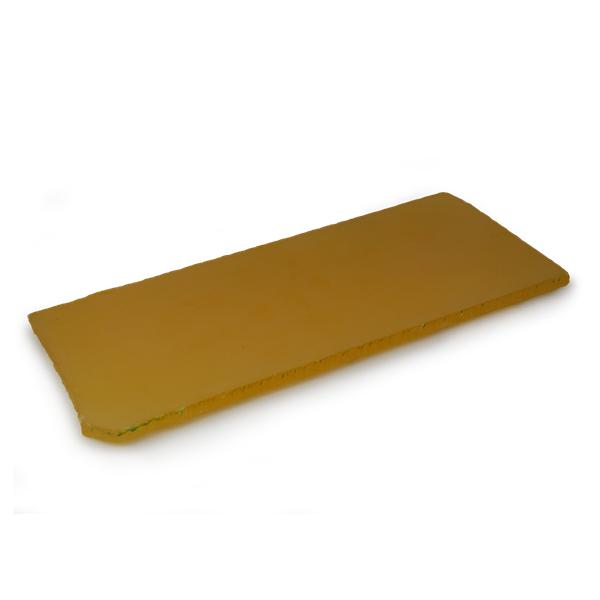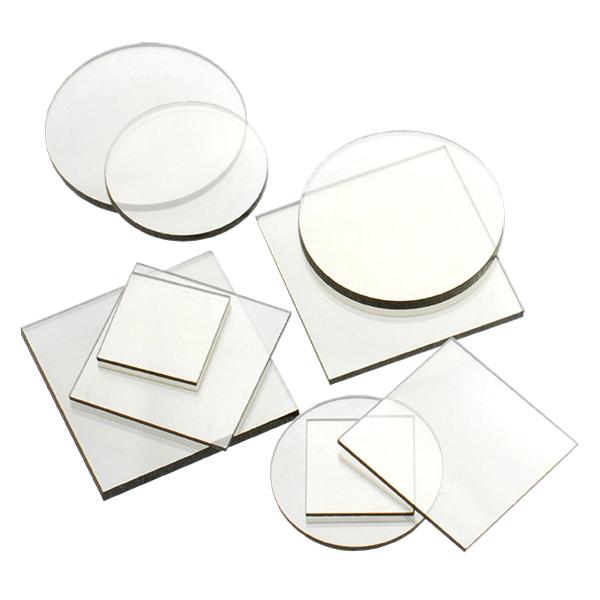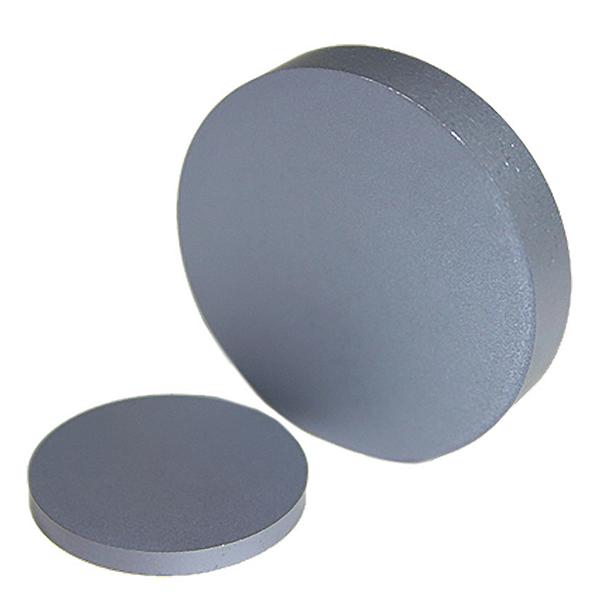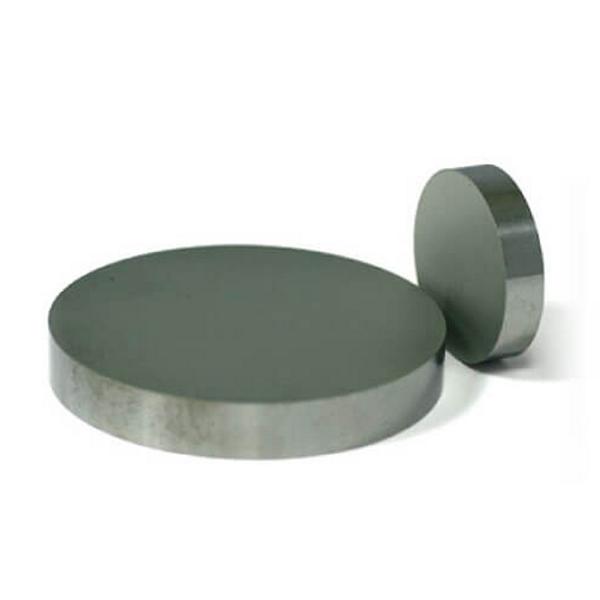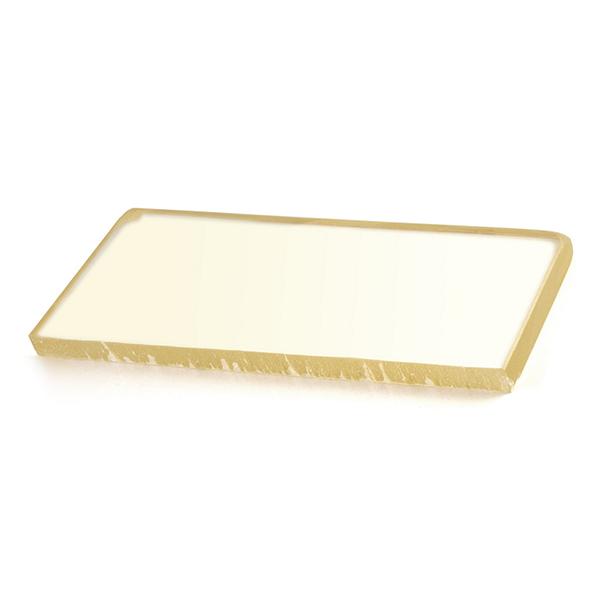Optics
Zinc Sulfide (ZnS)
Choose ZnS for domes, windows, lenses and other transmissive optics whenever mechanical strength, hardness, or operation in harsh environments is required.
ZnS is most highly transmissive in the 8 µm to 12 µm spectral range. Its high resistance to rain erosion, high-speed dust, and particulate abrasion, makes it especially suitable for exterior IR windows on aircraft frames.
Zinc Sulfide (ZnS) Characteristics
Coherent routinely supplies ZnS substrates up to 300 mm, and can provide sheet material, core-drilled blanks, edged blanks, generated curved lens blanks, and more.
| ZnS Material Properties (at 20°C) | |
Physical Properties |
|
Structure |
Cubic zincblende |
Density |
4.08 g/cm³ |
Grain Size |
2 µm to 8 μm |
Inclusions |
None > 0.5 mm |
Electrical Density |
> 1012 ohm-cm |
Optical Properties |
|
Bulk Absorption Coefficient @ 10.6 μm |
< 0.24 cm-1 |
Thermo-Optic Coefficient (dn/dT) @ 10.6 μm |
4.1 x 10-5/°C |
Refractive Index Inhomogeneity @ 0.6328 μm |
< 100 x 10-6 |
Thermal Properties |
|
Thermal Conductivity @ 20° C |
0.167 W/cm/°C |
Specific Heat |
0.469 J/g/°C |
Linear Expansion Coefficient @ 20° C |
6.8 x 10-6/°C |
Mechanical Properties |
|
Young’s Modulus |
74.5 GPa (10.8 x 106 psi) |
Rupture Modulus |
103.4 MPa (15,000 psi) |
Knoop Hardness |
210-240 kg/mm² |
Density |
4.08 g/cm³ |
Poisson’s Ratio |
0.27 |
Fracture Toughness |
0.8 x 106 N/m1.5 |
Related Products
Optical Manufacturing Capabilities
Learn about the vertically integrated capabilities for material growth, fabrication, coating, and assembly, and rigorous QA at Coherent. Discover how these ensure the performance and reliability of our optics and minimize supply chain risks and uncertainties.
